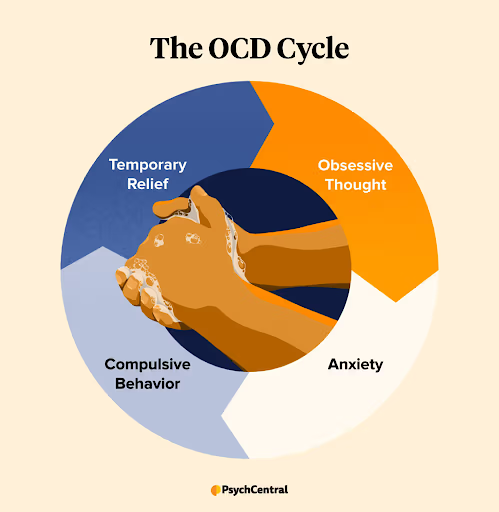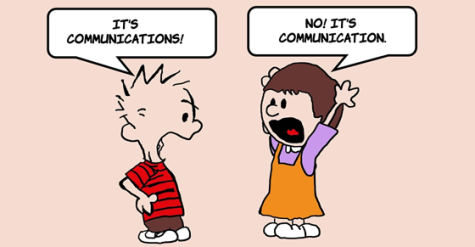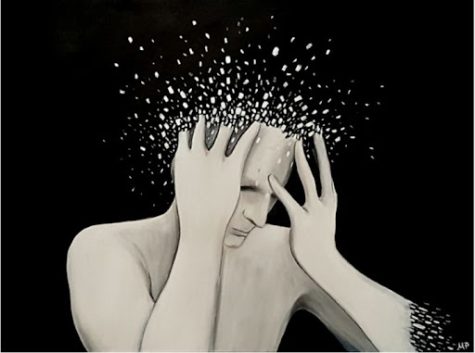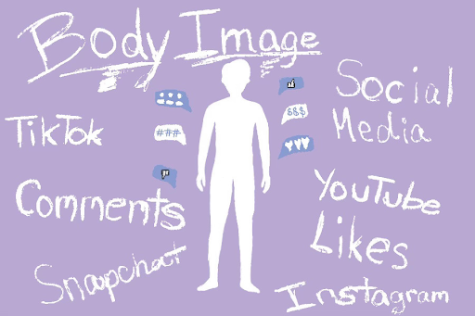The “Whats Hows and Whys” on Maladaptive Daydreaming
March 27, 2022
In an attempt to detach from reality, students often daydream. While most daydream from time to time, can excessive daydreaming become a problem? In fact, it can. When one becomes consumed by their imagination to the extent that it negatively impacts their life, the individual has fallen victim to maladaptive daydreaming. To put it simply, maladaptive daydreaming is defined as a condition where a person regularly experiences daydreams that are intense and highly distracting, according to an article from sleepfoundation.org titled, “Maladaptive Daydreaming: Symptoms and Diagnosis.” When individuals with this condition daydream, they disconnect from reality and disengage with the people or tasks in front of them. The article reads that, “The content of the daydreams is richly detailed and fantastical. Some have been described as a soap opera, while others feature an idealized version of the daydreamer.” Someone might imagine themselves in a made up fantasy world with a whole new look, personality, family, and more. People can experience these kinds of daydreams when they’re doing things like chores, showering, and even talking to people.
Maladaptive daydreaming is used as a coping mechanism caused by trauma, abuse, and loneliness. Simply feeling helpless in one’s real life can cause someone to create a utopian world in their mind, according to, “All You Need To Know About Maladaptive Daydreaming,” an article from theswaddle.com. The article mentions a study from Somers MD Scale, a scale to help identify MD, or maladaptive daydreaming, in a person, since it isn’t in the DSM-5. This scale was created by Professor Eliezer Somer, who also did a study on MD- which was mentioned in the article. In this study, Somer, “…had identified six survivors of sexual assault, who would escape regularly into an imaginary world of their creation, where they fantasized about their existence in compensatory, empowering storylines that they found missing in their real lives.” In the article, the professor says that, “‘Daydreaming usually starts as a small fantasy that makes people feel good, but over time, the process becomes addictive — until it takes over their lives.’”
MD and regular daydreaming differ in many ways. Daydreaming has a positive effect, because not only does it boost students creativity and problem solving skills, but it also helps you concentrate and focus on a specific task, all according to everydayhealth.com in their article, “Positive and Negative Effects of Daydreaming.” According to the sleepfoundation.org article used above, daydreaming takes a negative turn when it becomes excessive, and individuals’ daydreams include themes of violence, power, control, sex, captivity, rescue, and escape scenarios. They also are usually fantasy related, while regular daydreaming is not. On some occasions as well, MD occurs with physical movements, facial expressions, or verbalizations while regular daydreaming stays in the mind.
According to the same article, maladaptive daydreaming can have a negative effect on the mental state of students. This sort of dissociation can affect people’s ability to focus, productivity in work and studies, attention to real life relationships, and mental well being. In “Positive and Negative Effects of Daydreaming,” from sleepfoundation.org, it can cause dissociation, negatively impact daily life and their sleep. MD can also cause emotional distress, due to the neglect of their real life responsibilities and just exiting a daydream in general. As stated above, there is no diagnosis for maladaptive daydreaming. Although there is the MDS-16 and other tools doctors can use on their patients, students can improve their quality of sleep and reduce their fatigue during the day in order to get a better night’s sleep and avoid going into a daydream. It is also recommended that people who experience MD seek therapy, in order to understand their underlying trauma or other emotional issues that are causing them to daydream.
So, how do students know when they’re experiencing MD or just having a regular daydream? Well, there are several symptoms to be aware of. According to an article from healthline.com titled, “Maladaptive Daydreaming: Scale, Symptoms, and Treatment,” these symptoms include:
- extremely vivid daydreams with their own characters, settings, plots, and other detailed, story-like features, reflecting a complex inner world
- daydreams triggered by real-life events
- difficulty completing everyday tasks
- difficulty sleeping at night
- an overwhelming desire to continue daydreaming
- performing repetitive movements while daydreaming
- making facial expressions while daydreaming
- whispering and talking while daydreaming
- daydreaming for lengthy periods (up to several hours)
- significant distress about daydreaming
- awareness that the internal fantasy world is different from external reality
They can also take an MD test that Healthline provides its readers with. Please remember, though, that because maladaptive daydreaming does not have its own category in the DSM-5, there is no official diagnosis for it. But, to assess patients and see if they undergo this kind of dissociation, Professor Somer has created The 16-Item Maladaptive Daydreaming Scale, or the MDS-16. In this test, patients are asked questions like “To what extent does music activate your daydreams,” or, “When a real world event has interrupted your daydreams, how strong was your need to return to that daydream?”. Then, patients are asked to choose the option that best fits their experience, on a scale from 0-100%. This is just one of the many tools Professor Somer has created to help assess this sort of condition. The article from healthline.com spoken about above shows the other tools doctors can use to their patients. Next time students daydream, they should be aware of the symptoms listed above to see if they exhibit any, and they may also want to check out Professor Somers’ test. While daydreaming can seem like an innocent distraction, it can be deprecating to one’s mental health if it gets out of hand. While there are many great resources to help students handle this on their own, they should still consult their doctors about this condition to aid them in healing their mental illnesses.










